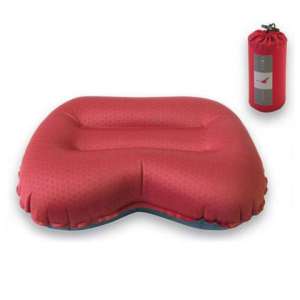Oh my word another sleeping pad
BLUF: So why Klymit Insulated Static V Lite? Easy in short it’s the weight, size, quick to inflate, warmer, durability and price.
I have been mostly happy with my Exped Synmat Hyperlite; I mean what’s not to like 468g (Long Wide) packs up to next to nothing, with an R3.3 should go down to -6ºC. But it tapers in a very aggressive manner and being a sleeper that wiggles a lot I come off this mat far too often, I also found the mat cold due to the side baffles having NO insulation.

Left to right Exped Synmat Hyperlite, Klymit Insulated Static V Lite, Exped Down mat 7UL rear 1 liter bottle and snozzle bag. Notice how the exped mats totally fill the bags.
With the High Country Brevet coming I was left with a choice (it was around -6ºC last year), I have access to a Exped Down mat 7UL, but it weights 921g with the Snozzle bag, and its pack size is massive. So I decided that a new mat was a better solution as on occasion when the temperature dips as it does sometimes unexpectedly at night the Synmat Hyperlite left me feeling the cold.
So let’s break that down.
- So the weight the Klymit mat comes in packaged with repair kit weight is 595g which is light for a winter pad, but heavier than Synmat Hyperlite at 468g, but remember you need the Snozzle bag to inflate adding 61g total weight of 529g. So an increase of 66g, So let’s be fair I am not going to notice 66g.
However on paper the Klymit is smaller than the Exped, but let’s take a look at that
- Exped Synmat Hyperlite (Long Wide) 197 x 65 x 7cm. Pack size 19 x 9cm
- Klymit Insulated Static V Lite 183 x 58.4 x 6.5cm. Pack size 12.7 x 20.3 cm
In reality this is very misleading and best seen in pictures:
So from the pictures you can see the Exped is bigger, but it’s not really.
- The widest point on the mat is 65cm but is only insulated to 42cm so actually the insulated area is only 0.819 Square meter and though technically a narrower shorter mat the klymit is insulated to its full size 183cm x 58.4cm so has a area of 1.06872 Square meter. The depth of 6.5cm is correct for the klymit the Exped seems much taller and measures 8.5cm, this is no more comfortable and actually is a pain as it puts me to close to my tent walls.
- The Extra 16.4 cm of width keeps me on the pad when I move about and doesn’t wake me when I touch the cold side baffles or my feet drop off the side, which is what happens on the Exped, so size and shape matters.
- The problem with the exped mats for my setup is actually using the snozzle bag to inflate them with the design of my tent. My mat runs parallel to the door opening rather than the traditional pup tent where it would be vertical to this. This is fine when the sun is shining but a royal pain when its raining as I can’t fit undercover while inflating with a snozzle bag, which means I run the risk of getting a wet inner tent and mat.

With the klymit being so quick to inflate 10-15 breathes for real, and its size being shorter I can close the outer and keep everything dry.
- At R3.3 = -6ºC the Exped is just not warm enough for my useage
- At R4.4 = -13ºC the Klymit is noticeably warmer in the same conditions and being a quilt user a slightly warmer mat in the summer is fine as it’s easy to vent if I get over hot.
- Durability comes in here too, I have managed to hole 2 exped mats, yes easy to repair but not in the dark when it’s -6ºC outside. When it comes to looking after my gear I am a careful person, and had never had a problem with other makes of inflatable mats before, but have had 2 Exped’s let me down, I was not going to try for third time lucky.
- Then the one thing you can’t just walk pass price the winter version of the Exped would cost me $265 NZ for an R 4.9 mat so a little warmer but but also 9cm thick if you look at my tent its too tall and would likely touch the inner to my face. The klymit came in at $148 NZ for an R 4.4 mat. $117 NZ saving equates to 19 nights under the stars at Department of Conservation campsites.
- So what the trade off +61g and a bigger pack size about half a liter in volume the snozzle bag does compress smaller but does need to be considered. But I am saying the Exped Hyperlite mat is not warm enough so if you compare Exped SynMat HL Winter
575g and a pack size of 25 x 12 cm (Long Wide). The Klymit is +20g and has a smaller pack size about half a liter in volume, so sits right in the middle of the 3 mats.
So far I have used the Klymit Insulated Static V Lite for only one night so too early to say much, however I was definitely warmer at -1ºC as I had to take my down jacket off that is a must using my exped mat as part of my sleep system from around 4ºC.
I found it more comfortable due to its shape and easier to deal with in my tent, the position and design of the air valve is so much better if you wish to add or remove air during the night to customise comfort.
Stayed on the mat all night and my sleep tracker said I slept deep and well with very little awake time, better than I slept in bed the previous night.
The storage sacks for the Exped mats require you to roll up the mat very well or they don’t fit, this is fine when your hands are nice and warm but not so easy with cold fingers and can make packing slow and difficult.
So for me the Klymit Insulated Static V Lite = Winner.
One happy camper!






































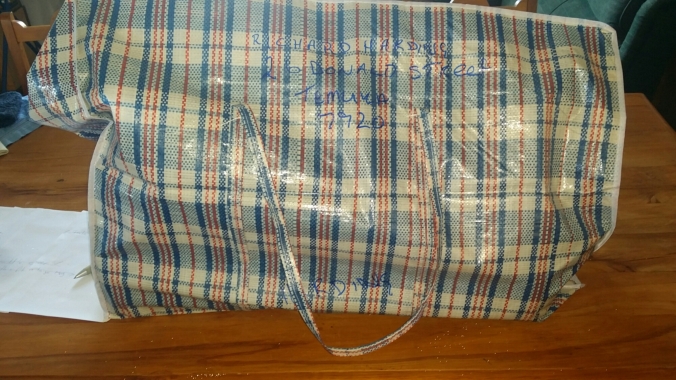
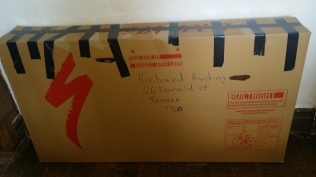


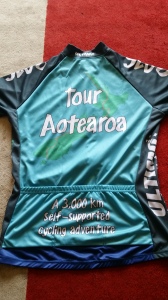



 I was able to keep it simple in one respect as Shimano is the tool of choice, as it works with the rest of my gear and of their ranges I really was looking at Deore and SLX nothing above or below so firmly in the middle of quality and price.
I was able to keep it simple in one respect as Shimano is the tool of choice, as it works with the rest of my gear and of their ranges I really was looking at Deore and SLX nothing above or below so firmly in the middle of quality and price.
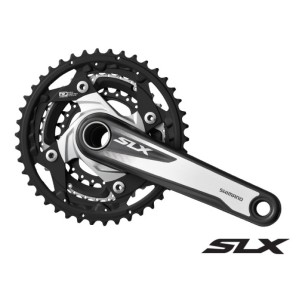 22.
22.














